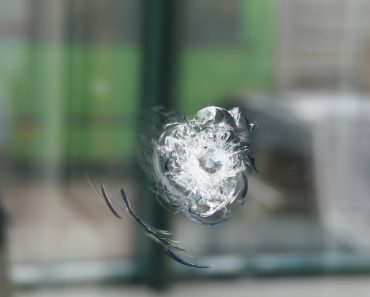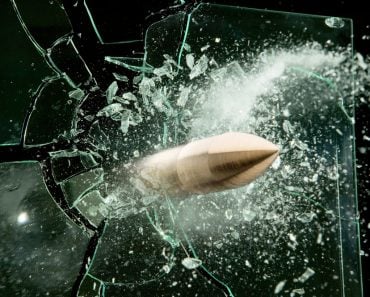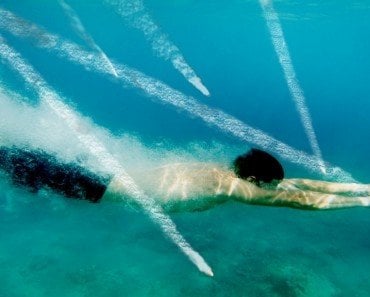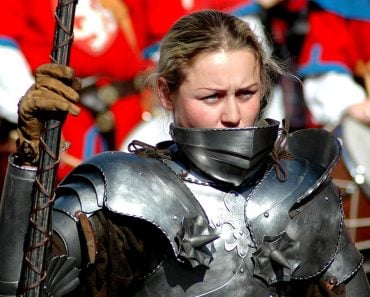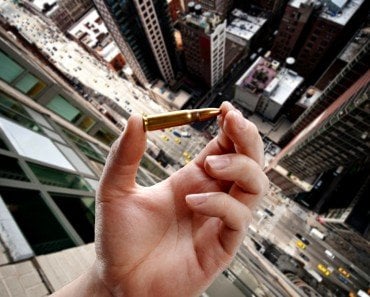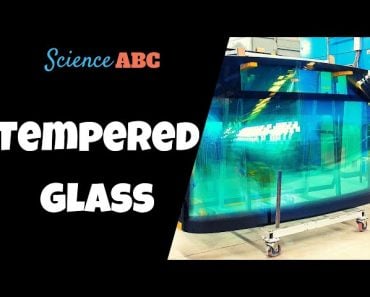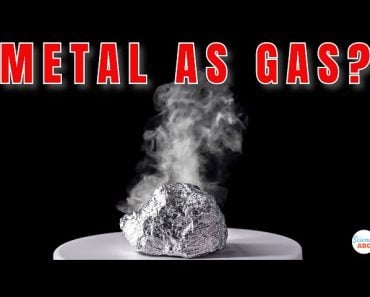Table of Contents (click to expand)
The liquid armor is a non-Newtonian fluid that changes its viscosity when put under stress. When a person is shot, the liquid armor becomes a solid, absorbing the impact of the bullet. The liquid armor is also flexible, lighter and stronger than traditional bulletproof vests.
For every action, there is an equal and opposite reaction. This is a fundamental law of physics. Similarly, for every object in the world, there must be another object that nullifies/negates the effect of the former.
For example, because there are guns and bullets, there are also bulletproof vests.

A bulletproof vest (also known as a ballistic vest or bullet-resistant vest) is an important component of personal armor that helps absorb the impact from firearms (revolvers, rifles etc.) and shrapnel from explosions, and is worn on the torso.
Recommended Video for you:
What’s Liquid Armor?
Traditional bullet-resistant vests are made of Kevlar, a synthetic fiber that is woven into a fabric and layered, making it five times stronger than steel. Although Kevlar does a good job of blocking the oncoming bullets, it sometimes warps or bends inwards upon impact up to 4 centimeters. This can endanger the physical safety of the wearer, and in some cases, has even lead to the death of the person wearing the vest.
To overcome these inherent challenges, scientists have developed a liquid that can function to enhance the strength and flexibility of these traditional vests. The liquid is considered to be a non-Newtonian fluid. A Newtonian fluid is one that changes its structure when it detects a change in temperature or pressure, but a non-Newtonian fluid changes its viscosity when put under stress. Some examples of non-Newtonian fluids are blood, ketchup, yogurt, and gravy.
How Does Liquid Armor Work?
The liquid we are talking about here is a shear thickening liquid (or STF). An STF is a special type of fluid that changes its structure (i.e., thickness) when sudden stress is applied to it. In other words, while the fluid will usually move around leisurely in a liquid state, as soon as something hits it, then Boom! It becomes a solid (immediately and temporarily). Pretty impressive fluid, huh?
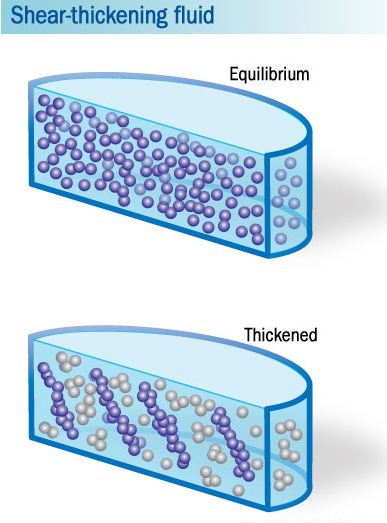
How Can A Substance Change Based On Stress?
The fluid is a colloid, something that is in a liquid state, but has tiny solid particles suspended in it. Under normal conditions, it remains in that liquid state, as the solid particles suspended within it repel each other.
However, when a sudden force is applied to it (like a bullet hitting the fluid) the force generated by the sudden impact is enough to overcome the repulsive forces between the suspended solid particles, causing the solid particles to lump together (forming masses called hydroclusters) and change the state of the material from a liquid to a solid. As soon as the energy from the impact dissipates, the lumps disintegrate and the fluid returns to its liquid state.
It sounds almost too good to be true, right?
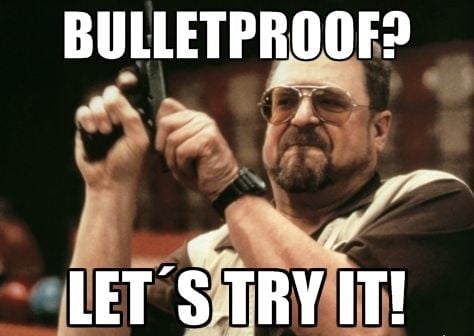
A Vest With STF
Now, let’s talk about how this fluid would work in a bulletproof vest. Scientists involved in the vest’s development claim that it is capable of stopping bullets fired from a distance of 450 meters (or 1475 feet). Furthermore, this vest would be more flexible, lighter and stronger than the traditional Kevlar options. In 2010, scientists in the UK announced that they were in the process of developing a vest that combines the strength of both Kevlar and STF.
We’ve already entered a world where liquid (coupled with other factors) is able to ward off bullets. At this rate, perhaps we’ll eventually get to the point where we can protect ourselves from bullets with a wave of our hand or a magnetic field generated around our bodies! Who knows what we’ll come up with next!


